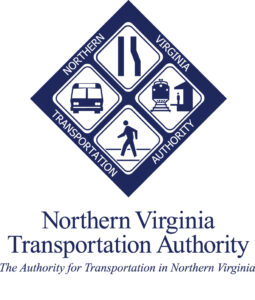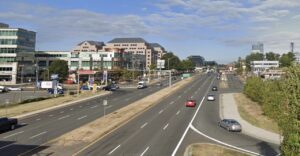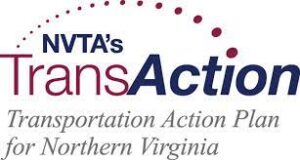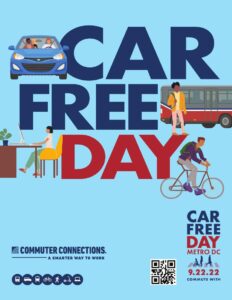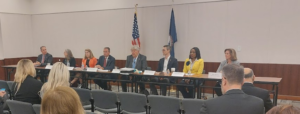
Annual Joint Transportation Meeting for Northern Virginia, May 1, 2023
Statement of Allen Muchnick, Member of the Virginia Bicycling Federation
and Active Prince William Boards of Directors
Good evening. I’m Allen Muchnick. I live in the City of Manassas, and I serve on the boards of the Virginia Bicycling Federation and Active Prince William, statewide and sub-regional active transportation advocacy organizations, respectively.
We thank VDOT for recently re-filling its statewide bicycle and pedestrian planner position and for staffing a new statewide trails office. We look forward to seeing those offices advance safe active mobility. We believe it’s time to review and update both VDOT’s 2011 State Bicycle Policy Plan and the CTB’s 2004 Policy for Integrating Bicycle and Pedestrian Accommodations.
I commend VDOT’s NoVA District Office for initiating a study to estimate the cost to complete all locally planned but unfunded bicycle and pedestrian facilities within the NoVA District. While most NoVA localities have robust active mobility plans and even Vision Zero programs, Prince William County still lacks both, so its official inventory of missing pedestrian and bicycle facilities is woefully incomplete.
Since 2010, VDOT’s roadway reconfiguration program has cost-effectively retrofit bike lanes and pedestrian crossing improvements on many dozens of roadways during scheduled resurfacing, especially in Fairfax County. Prince William County, however, has largely ignored this enormous opportunity to improve the access and safety of its vulnerable road users. We urge the County and VDOT to actively implement this program in our communities.
The alignment of US Bicycle Route 1 through Prince William County is a prime example where retrofitted bike lanes or paved shoulders are desperately needed. Although AASHTO and VDOT established this route more than 40 years ago and a VDOT consultant re-evaluated the route’s alignment through NoVA nearly a decade ago, the bicycling conditions on several Prince William route segments are horrendous. For example, the County’s online Bicycle Skill Level Map labels Old Bridge Road, part of Minnieville Rd, Aden Rd, and Fleetwood Dr—all lacking bicycle facilities and posted at 45-MPH–as “Roads to Avoid” and tags Hoadly Rd and Tanyard Hill Rd as “Low Comfort”. VDOT’s 2015 Bicycle Level of Service Map for the NoVA District rated those segments similarly. It’s long past time for VDOT and the County to fix these embarrassing and potentially deadly deficiencies.
To address the ongoing epidemic of pedestrian fatalities, VDOT should aggressively implement design-speed reductions and pedestrian safety improvements along its multi-lane commercial arterials. VDOT and Prince William should also establish safer bike/ped crossings of I-95 and I-66 and extend the I-66 Trail, now being built in Fairfax County, over Bull Run to connect to both Balls Ford Rd and the Northern Virginia Community College’s Manassas campus.
In closing, we strongly support the recommended SMART SCALE, CMAQ, and RSTP awards for Manassas, Manassas Park, and Prince William County.
Thank you for this opportunity to comment.
###
